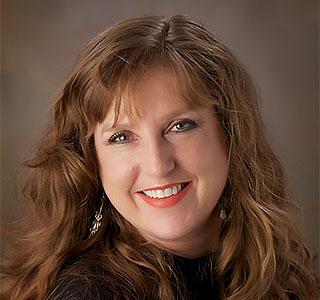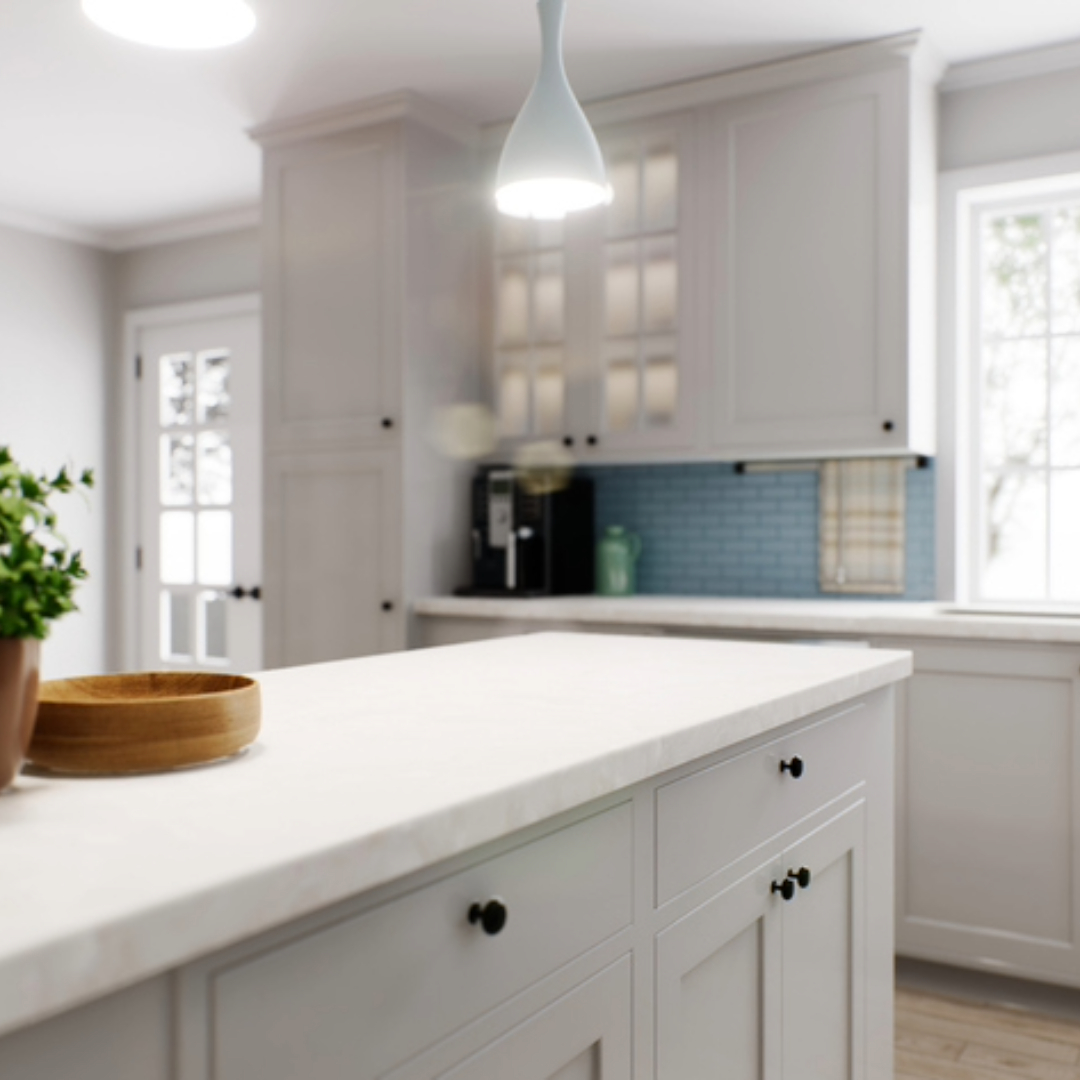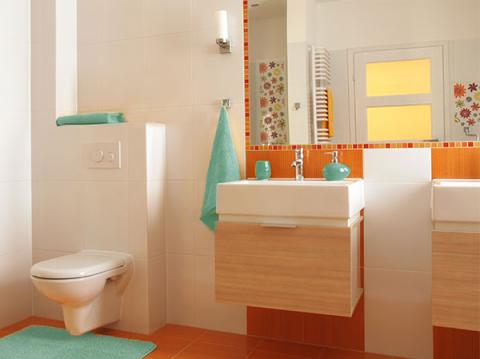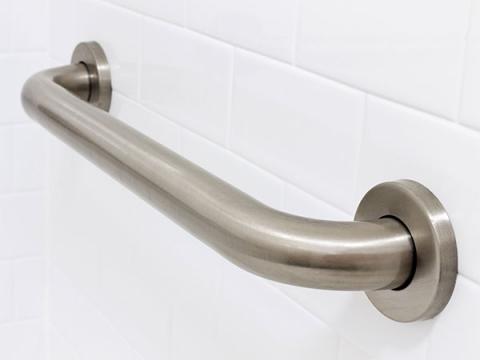Safe at Home: Living with Low-Vision
Written By: BrightFocus Editorial Staff
Written By: BrightFocus Editorial Staff

Dr. Orli Weisser-Pike, a doctor of occupational therapy and a certified low-vision therapist, shares a number of helpful tips for vision safety and independence in the home.
Weisser-Pike has been a popular speaker on Macular Chats, participating three times on the monthly teleconference to discuss how people with vision disease can increase their safety and independence.
 She has over 18 years of clinical experience in a wide variety of settings, helping people who are experiencing vision loss. From her native South Africa, she came to the United States for her first job as an occupational therapist in 1997. “That’s where I really first got exposed to school students who had vision problems,” she says. “As a new occupational therapist, I didn’t really fully understand how vision impacted school performance.”
She has over 18 years of clinical experience in a wide variety of settings, helping people who are experiencing vision loss. From her native South Africa, she came to the United States for her first job as an occupational therapist in 1997. “That’s where I really first got exposed to school students who had vision problems,” she says. “As a new occupational therapist, I didn’t really fully understand how vision impacted school performance.”
Since 2008 she has worked at the University of Tennessee Health Science Center in Memphis, busy with clinical practice and teaching.
Speaking on a recent Chat, she gave a number of helpful tips for vision safety and independence in the home.
Weisser-Pike looks at the big picture first: get rid of clutter in your home. “If you haven’t used things for a long time, you probably don’t need them,” she says. Reducing clutter is not simply a matter of aesthetics, it’s about safety too. Clutter can lead to a lot of hazards in pathways, which is particularly dangerous if one must leave quickly during an emergency.
Addressing clutter is also about where you can find things. “Establishing your own method for organizing your life is very important. That is a general rule that applies to everyone in all of our lives, whether we deal with vision loss or not.”
“So get rid of the clutter and keep the pathways clear in your home.”

Appropriate lighting is a must, she says. As a general rule, make sure that all of your light fixtures are intact. She has said to Chat audiences, “If you are listening to this and you are a person with an eye disease, and you feel you need more lighting, then trust your instincts. You probably do need more light for specific tasks.”
Weisser-Pike stresses that even with normal aging, there are changes that occur in the eye that require increased lighting. For example, one of the changes is that the pupil becomes smaller. “A typical aging eye requires two to three times the amount of light that a younger eye needs” says Weisser-Pike. “For people with macular degeneration and other ocular diseases, they need even more lighting.”
“We know with macular degeneration that people can experience blind spots. There are some cells in the retina that do respond to brighter light. Some people have relative blind spots and dense blind spots. The right amount of lighting can definitely improve the quality of life and functional independence of individuals, particularly with macular degeneration.”
Weisser-Pike gave a room-by-room analyses of how to make your home environment safer. Here are just a few of her tips:
It’s very important to think about safety in the bathroom.

Weisser-Pike suggests adding towels, rugs and other items in contrasting colors to the room’s color. Make sure rugs are non-skid and placed close to the thresholds for shower or bath.

“If you only have one light in the bathroom, consider adding some vertical sconces on either side of the mirror,” she adds. “You may want to think of a light bulb that emits a more white light rather than the soft white light which usually looks like a yellow tint.” Other suggestions are to consider using a nightlight or some kind of low-level strip lighting for night time, to help illuminate a path to the toilet.
Weisser-Pike also stresses balance safety in the bathroom. Individuals may try to use a towel rack or toilet roll holder for balance as they are getting on or off the toilet. These fixtures weren’t designed for this purpose. Instead, install grab bars that are specifically designed for the bathroom, to bear the weight of someone pulling on them. These may need to be professionally installed.
The placement of the toilet may help: some toilet seats have handles that will help in getting up or going down. There are also ways to elevate toilet seats.
The kitchen may be the most popular room in the house, but it too may need more light. When cooking, she notes, people need to see certain details, to read a recipe or food packaging labels. “Whenever we need to see detail is when we have to rely on a really good light source.” Sometimes the kitchen only has an overhead light, which can produce a shadow over the workspace. She suggests adding types of task lights, such as an under-counter light, or a pendant lamp that hangs over a food preparation area, or even a desk lamp that you use on your counter.
She adds a warning on items that could be dangerous, such as microwave ovens that are mounted over the stove. “People often can spill hot liquids onto themselves as they are getting the food out from a higher surface.” She suggests considering a microwave on, or even under, the counter. For similar reasons she suggests investing in oven appliance dials or panels that are up at the front of the stove, not placed along the back of the appliance. Again, cooks often want to lean over the stove top and get close to see the dials, but that increases their risk for getting hurt.
Another safety option: consider using smaller appliances for cooking, like a smaller toaster oven, or slow cooker, or crockpot.
During the recent BrightFocus Chat, Weisser-Pike addressed what to do in case of an emergency, such as the recent hurricanes, floods, or wildfires. She called for individuals to do a self-assessment, and consider what they need to do to plan and identify a place outside of the home to seek shelter.
Questions include:
The host of the Macular Chat, BrightFocus Foundation’s Michael Buckley, asked her what is the most rewarding aspect of her career. Weisser-Pike’s reply: “The most rewarding part is that after a client has gotten the worst news possible–that they have vision loss that can’t be restored back to normal–my role is to help people to foster hope, to find a way, to show them what can be done. Most of the time people are extremely grateful to know that there is hope. I find that very rewarding.”
BrightFocus Foundation is a premier global nonprofit funder of research to defeat Alzheimer’s, macular degeneration, and glaucoma. Since its inception more than 50 years ago, BrightFocus and its flagship research programs—Alzheimer’s Disease Research, Macular Degeneration Research, and National Glaucoma Research—has awarded more than $300 million in research grants to scientists around the world, catalyzing thousands of scientific breakthroughs, life-enhancing treatments, and diagnostic tools. We also share the latest research findings, expert information, and resources to empower the millions impacted by these devastating diseases. Learn more at brightfocus.org.
Disclaimer: The information provided here is a public service of BrightFocus Foundation and is not intended to constitute medical advice. Please consult your physician for personalized medical, dietary, and/or exercise advice. Any medications or supplements should only be taken under medical supervision. BrightFocus Foundation does not endorse any medical products or therapies.
Help Fight Macular Degeneration and Save Sight
Your donation helps fund critical research to bring us closer to a cure for this sight-stealing disease and provide vital information to the public.
Donate Today